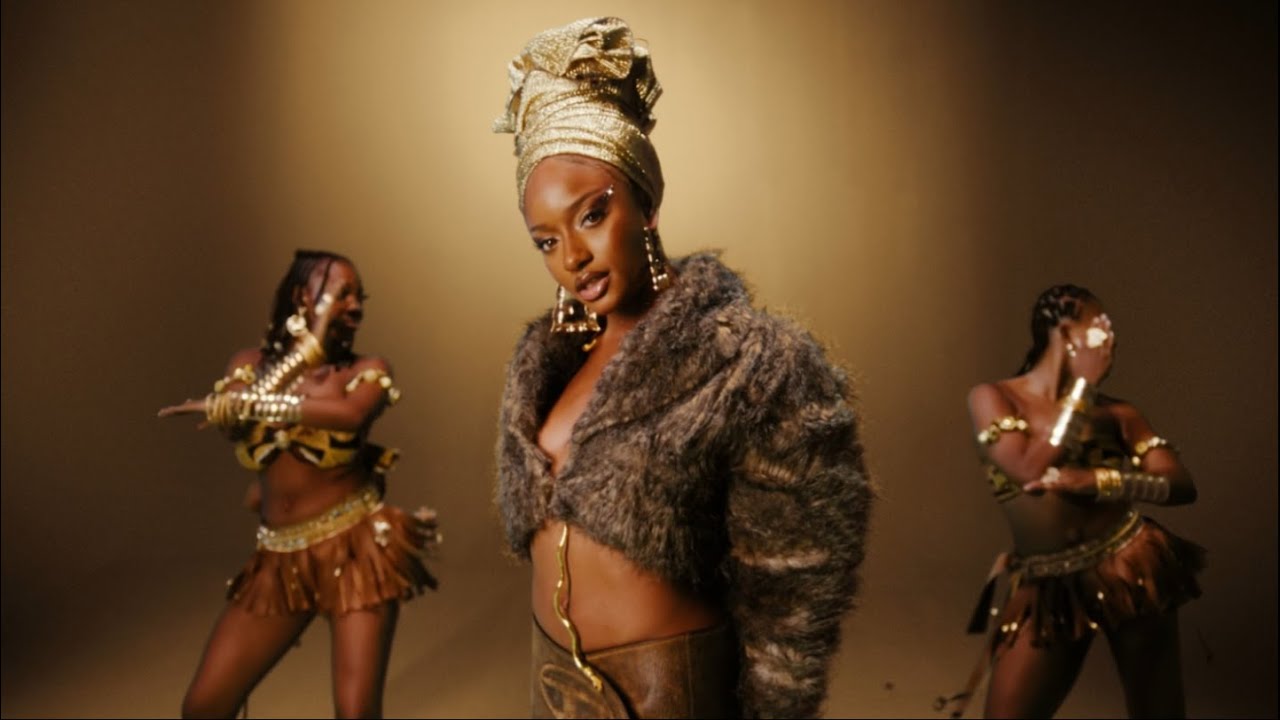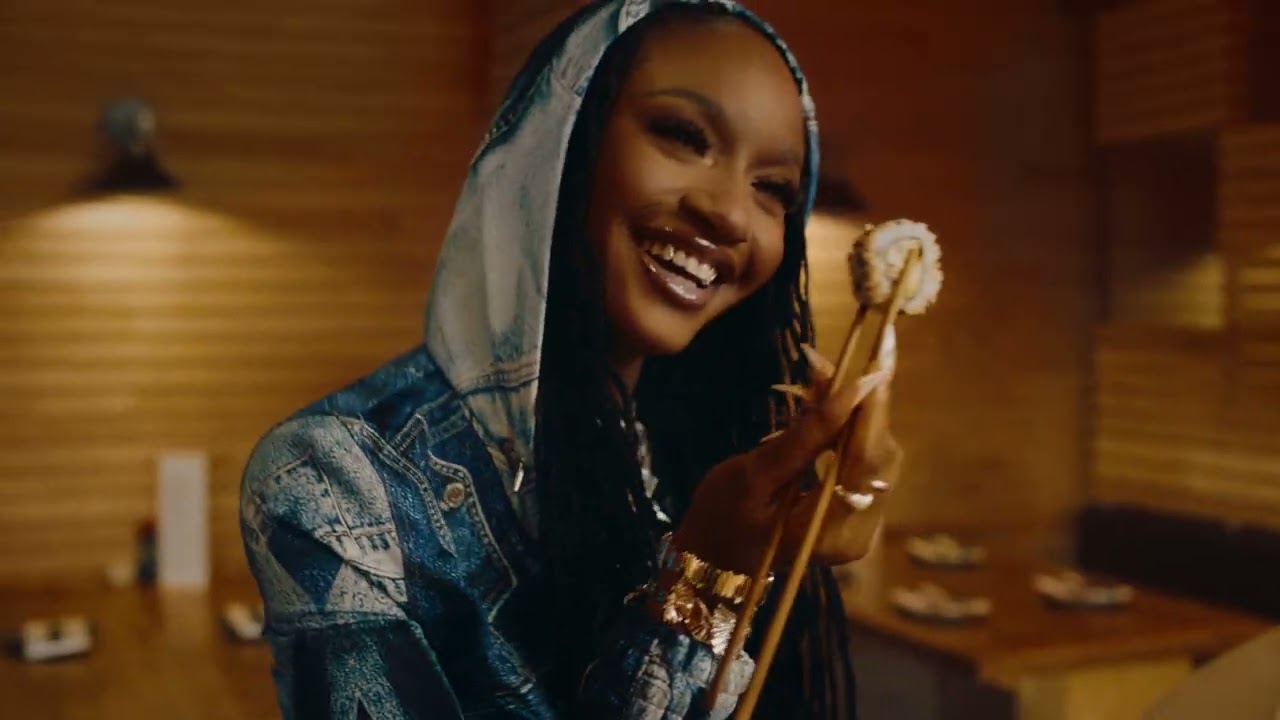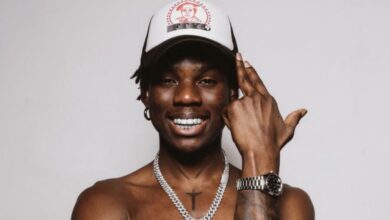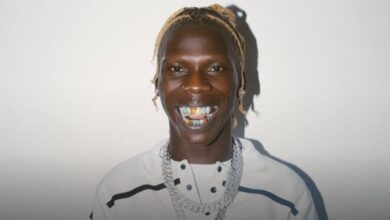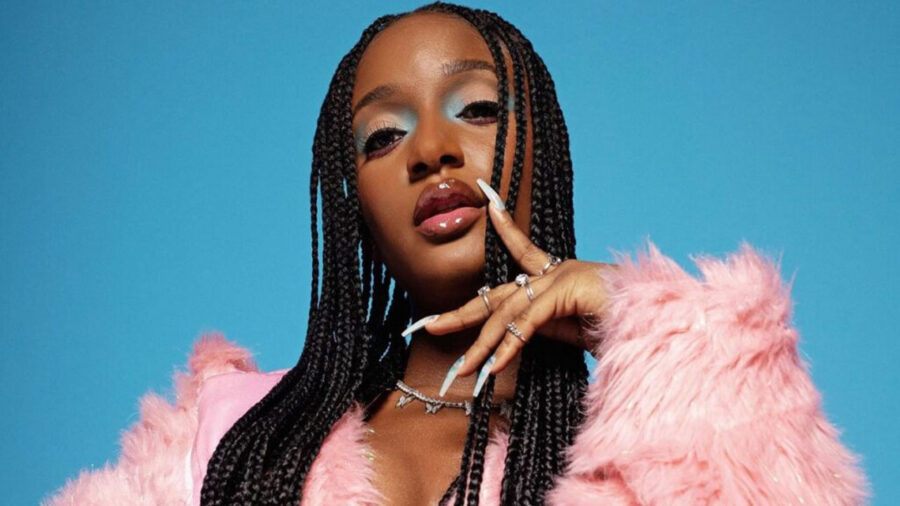
Oyinkansola Sarah Aderibigbe—Ayra Starr—arrived as a teenage Mavin Records signing and, in a few dizzy years, turned into a world-touring pop auteur whose hooks ricochet from Lagos radio to Paris runways and L.A. arenas. Her through-line is simple and rare: confessional writing delivered with a feather-light rasp, wrapped in sleek Afrobeats drums, amapiano-curious basslines, and R&B chord choices that invite headphones and stadium sing-backs alike. From the first EP’s “Away” to the No. 1-sealing “Bloody Samaritan,” the global breakout “Rush,” and 2024’s velvet-gloss era around “Commas” and her album The Year I Turned 21, she has proven that a young Nigerian pop star can be diaristic and dance-floor sure at the same time. Add a fashion footprint (covers, campaigns, couture week sightings) and a live show that scales from intimate clubs to festival mains, and you get the rare artist who moves culture and numbers in equal measure.
Origins: Benin–Lagos upbringing, YouTube covers, and a Mavin fast-track
Born in Cotonou and raised between Benin and Lagos, Ayra sang in choirs and posted cover clips before producer Don Jazzy spotted the precision in her tone and phrasing. The self-titled debut EP (2021) framed that voice against gently shuffling drums and sinewy guitars; “Away” became the calling card—part heartbreak dispatch, part independence manifesto. What made it land wasn’t just subject matter; it was the micro-melodies she threads through syllables, a habit that would later make “Rush” and “Sability” feel inevitable on first listen. From the jump, Ayra wrote from the inside out—no borrowed bravado—while the Mavin camp built clean, international-grade mixes around her.
Breakout velocity: “Bloody Samaritan,” “Rush,” and a new pop center
“Bloody Samaritan” (2021) flipped the Afropop playbook by pairing a swaggering chorus with clipped, fashion-show strings and drums that bounce without bullying the vocal. It became a generational sing-along—especially the refrain about protecting your energy—then levelled up with a Kelly Rowland remix. “Rush” (2022) turned her into a global fixture: airy toplines, a rubbery bassline, and the kind of conversational lyric that converts from TikTok loops to arena chants. Between the two tracks, a pattern emerged: Ayra’s hooks feel like confident diary entries. They read as personal, but the phrasing—short, quotable, hummable—belongs to every commute and dance floor. That’s how she vaulted from Lagos favorite to pan-African radio juggernaut and, ultimately, a Grammy-night mainstay for the Best African Music Performance conversation.
The Year I Turned 21: 2024’s statement of intent
The sophomore era tightened the silhouette. The Year I Turned 21 distills Ayra’s contradictions—soft voice, steel spine—into songs that live for months, not weekends. “Commas” arrived as a glossy, mid-tempo strut; “Rhythm & Blues” leaned into sultry R&B phrasing over Afrobeats percussion; deeper cuts folded in amapiano swing and choir pads without abandoning pop discipline. Lyrically, the album keeps zooming in on agency—romantic standards, self-worth, boundaries—and does so with the lightness of a voice that floats above the drums rather than fighting them. It’s the rare project that serves both playlist economy and tour set flow: openings for dancers, breathers for storytelling, and at least three closing-credit candidates every night.
Sound design: how to recognize an Ayra Starr record in eight bars
First comes space—mixes leave air for the melody. Then the drums: a gentle shuffle or an amapiano-curious pulse at ~105–112 BPM, rounded kicks and tick-tock percussion. Bass is melodic, often answering the hook (listen to “Rush”). Guitars or synth pads sketch dreamy harmonies. On top, Ayra layers close-miked, slightly breathy vocals, usually in tight stacks that bloom on the chorus. Bridges are short, often one-or-two-line reframes that feel like a new Instagram caption. The whole thing is designed for replay and translation—Lagos to London to Los Angeles—without losing the intimacy that powers the writing.
Live: from club glow to festival after-dark
The stage show mirrors the records: sleek, athletic, and personal. In theaters, the band leans into R&B dynamics—quiet verses, chesty choruses—while the DJ ramps Afrobeats energy between sections so the floor never cools. On festival mains she scales up with choreography, call-and-response codas (“e get why”), and remixed endings that let the hooks ride as the crowd takes over. The result is a set that feels like a night out with chapters: glittering pop, midnight R&B, a splash of amapiano drum talk, then a confetti-bright closer you’ll hum on the train home. It’s also why fashion brands, film galas, and global awards shows book her as much for aura as for hits—she makes large rooms feel conversational.
Collaborations, fashion, and cross-scene gravity
Ayra’s feature map—West African heavyweights, UK rappers and R&B stylists, East/Southern African club architects—works because she keeps her center. She’ll slip into rap-adjacent pockets or piano-leaning grooves without turning into someone else. Offstage, the fashion conversation is not garnish; it’s part of the brand’s grammar. She and her team treat covers, campaign fits, and tour looks as world-building, which is why the music’s elegance reads even before the first chorus. In a social video economy that rewards first frames, that coherence is leverage.
Why Ayra Starr matters now
Every wave needs a lighthouse. In Afrobeats’ global decade, Ayra Starr’s one: a North Star for pop that is modern, feminine, and emotionally specific without ceding club utility. She writes in a way that invites young listeners to claim lines as their own; she sings with a restraint that makes playlists feel premium; she performs like a headliner even in under-card slots, converting strangers by the second song. With The Year I Turned 21 setting the pace and “Commas,” “Rush,” and “Bloody Samaritan” still living in the culture, she’s not just part of the moment—she’s defining what the next one sounds and looks like.

